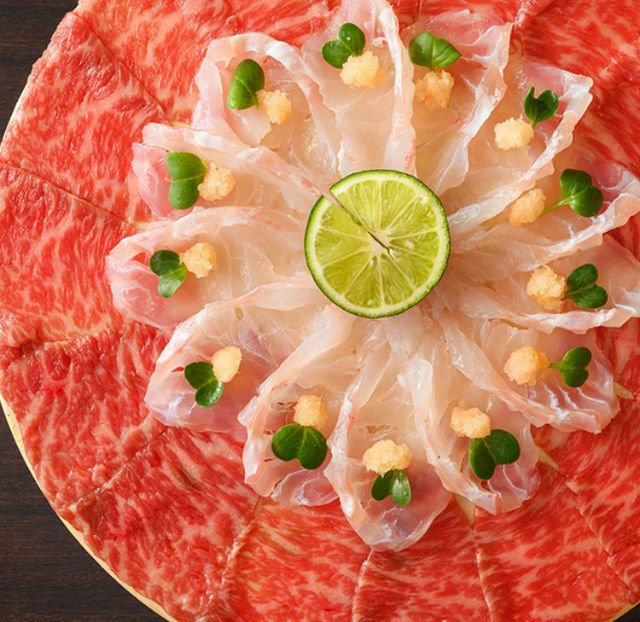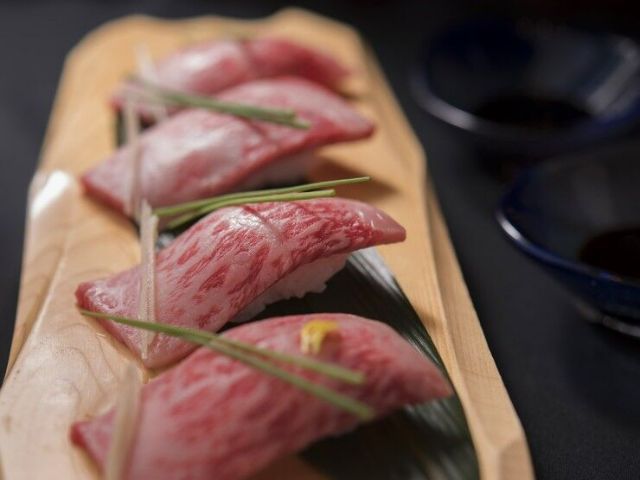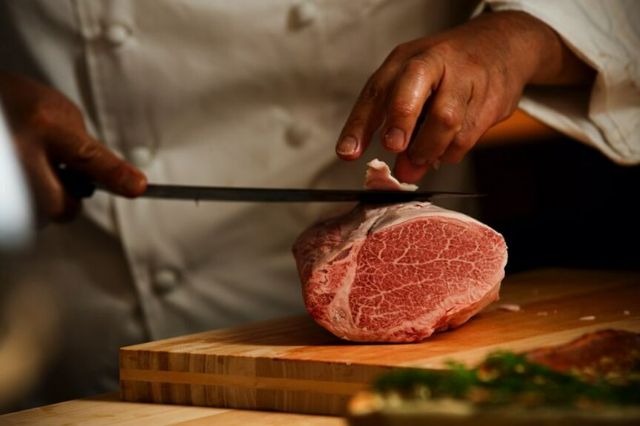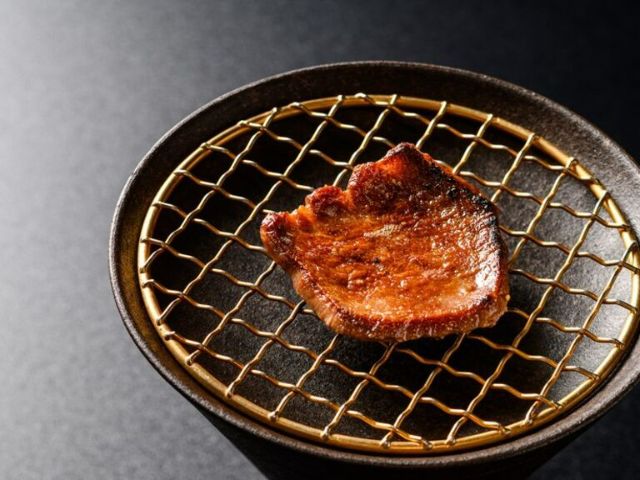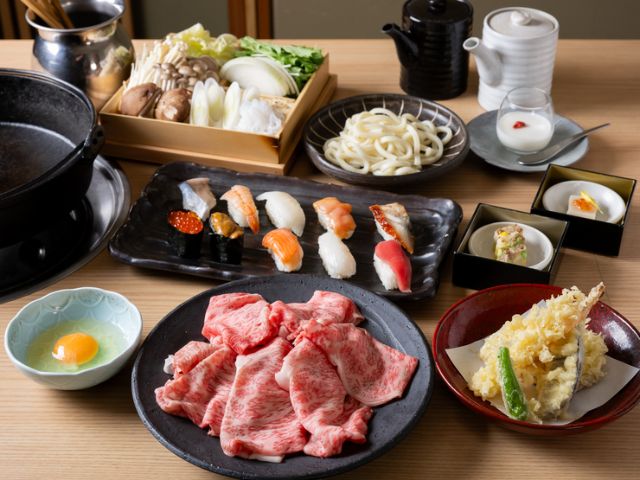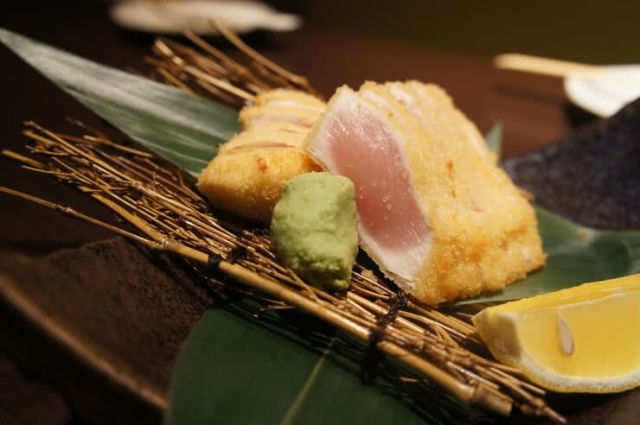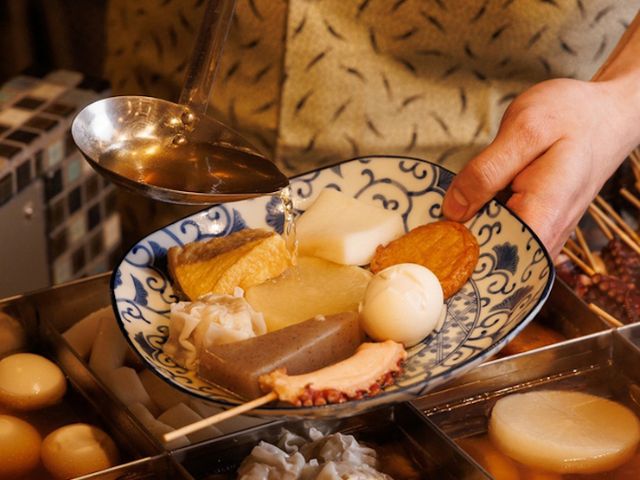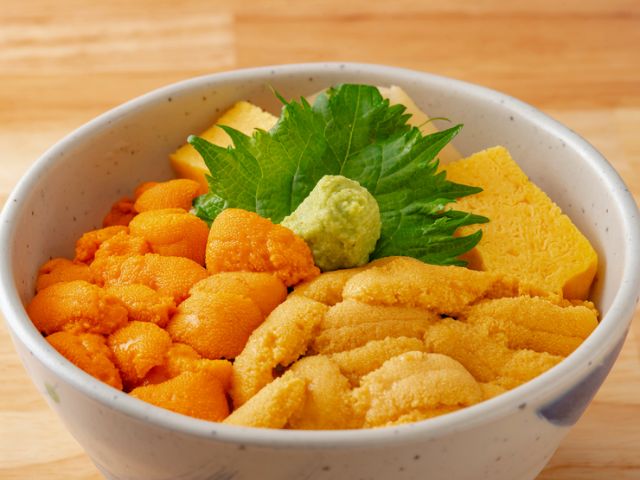How to eat Shabu-shabu: A Guide to Japanese Hot Pot Heaven

Shabu-shabu can be eaten at specialty restaurants or enjoyed at home, especially during the winter, but a summer version called hiyashi shabu or rei shabu (chilled shabu-shabu) also exists.
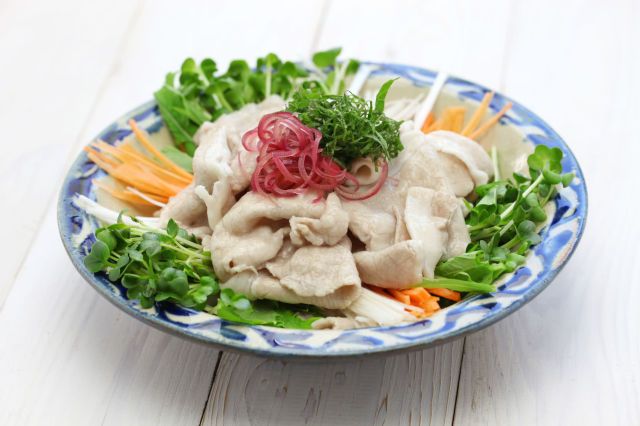
Shabu Shabu Equipment
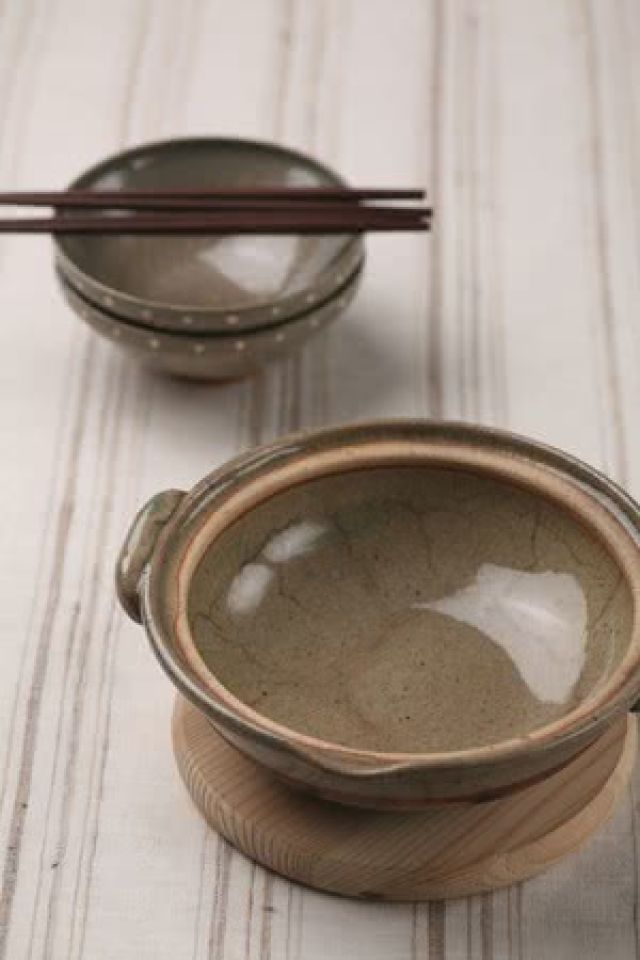
Shabu Shabu Ingredients

Shabu-shabu is eaten with a variety of thinly sliced meats and fresh vegetables. Paper-thin slices of beef and pork are the most common offerings, but chicken, seafood, and even lamb are served in some restaurants. Tofu is another good protein option that is also suitable for vegetarians. For the vegetables, napa cabbage, onion, carrot, and mushrooms are fairly standard, in addition to seasonal produce like tender spring greens, sweet summer corn, and autumn yams.
Shabu-shabu is usually enjoyed with a bowl of rice. Typically, plain steamed white rice is offered, but sprouted brown rice is a good choice for a healthier option. Noodles can also be enjoyed with shabu-shabu such as harusame, a type of thin glass noodle, or thick udon noodles, which can be added to the soup pot at the end of the meal.
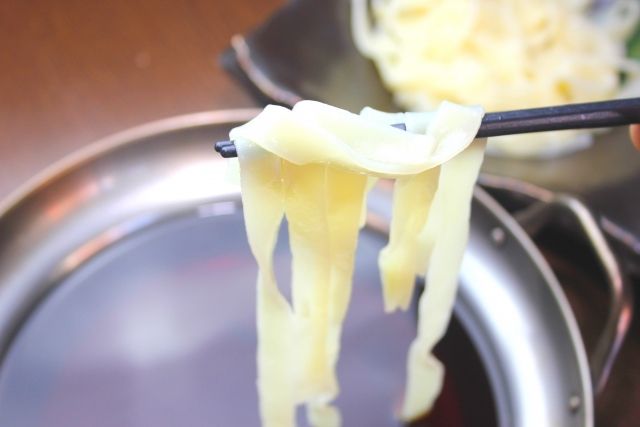
How to Eat Shabu-shabu
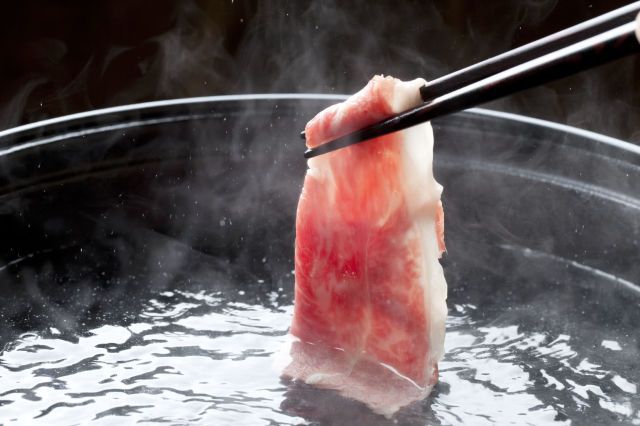
Then, add vegetables to the pot and cook briefly to add flavor to the broth. Harder vegetables like carrots will take longer to cook, while leafy vegetables tend to cook more quickly.
Next, cook the meat and seafood, swishing the pieces lightly through the broth or submerging them briefly. Cook only enough meat at a time for one or two bites, rather than trying to cook everything at once. Shabu-shabu should be enjoyed like fondue, with the ingredients cooked over the course of the meal. In addition, adding too many items to the nabe pot at once can lower the temperature of the boiling broth and interrupt cooking.
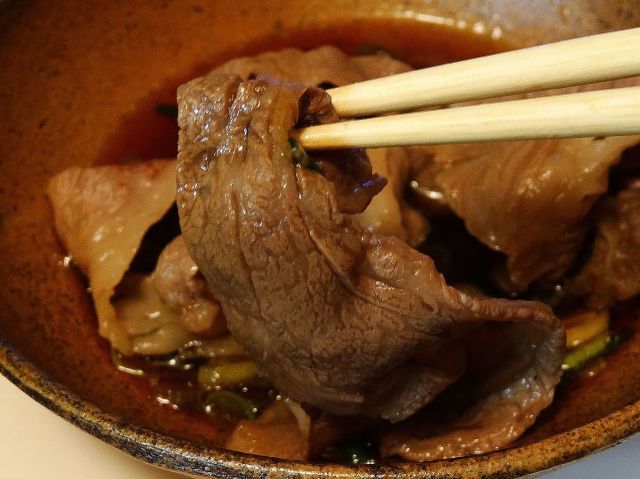
Enjoy the cooked meat and vegetables dipped simply in sauce, or eat them together with rice.At the end of the meal, rice or udon noodles mixed with raw beaten egg can be added to the broth for everyone to share as a finisher.
How to cook Shabu-Shabu
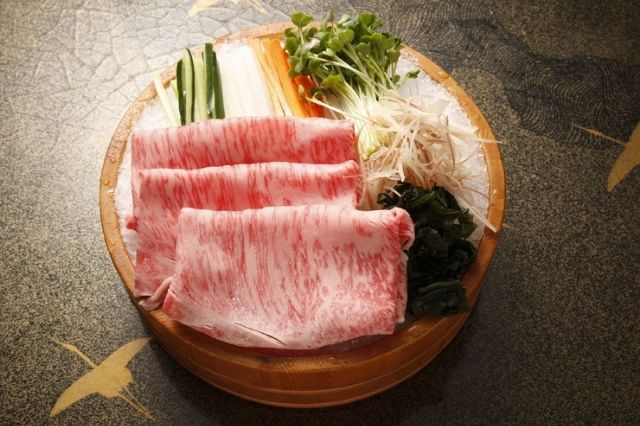
1/4 napa cabbage (about 350 g)
½ bunch shungiku (Garland Chrysanthemum) or mizuna greens (about 115 g)
1 Negi (leeks) (about 110 g)
1 package enoki mushrooms or shimeji mushroom as you like (about 200 g)
4 shiitake mushrooms (about 65 g)
2 inches carrot (about 65 g)
1 package medium firm tofu (about 396 g)
450 g thinly sliced beef (chuck or rib eye), or pork (113-140 g per person)
1 package udon noodles (about 250 g) or cooked rice (Typically, hot pot meal ends with cooking udon noodles or porridge.)
You can also add any other vegetables as you like.
DIPPING SAUCE & CONDIMENTS
Sesame Sauce
Shichimi Togarashi (Japanese seven spice) - optional
Grated Daikon Radish – optional
Chopped Green Onion – optional
Preparing Broth
While preparing the broth, let’s prepare the dipping sauce and all the other ingredients!
Preparing Dipping Sauce and Condiments
Use grater or food processor and make the grated daikon radish. (5 cm cut of daikon)
Chopped Green Onion
Chop the green onion into about 2-3 mm (1 green onion)
Ponzu Sauce Recipe: (2-3 people)
*Soy Sauce <5 tablespoon>
*Vinegar <4 tablespoon>
*Mirin <3 tablespoon>
*Lemon juice < 6 to 9 drops >
1. Mix all the *ingredients together
Sesame Sauce Recipe: (2-3 people)
Ground Sesame Seeds (white) – 2 tablespoon
Mirin – 2 tablespoon
Sugar – 1 tablespoon
Soy Sauce – 1 tablespoon
Mayonnaise – 1 tablespoon
Vinegar – 1 teaspoon
Miso paste – 1/2 teaspoon
Sesame oil – 1/2 teaspoon
1. Wisk Miso paste and Mirin well together until the miso paste becomes smooth.
2. Add all the other ingredients and mix. Then microwave for 1 minute.
3. Wait until it gets cool.
Preparing Ingredients
2. Cut the shungiku, mizuna green or any other green vegetables into 5 cm pieces.
3. Cut the white part of negi (leeks) diagonally into 1.5 cm thick pieces.
4. Rinse enoki and shimeji mushrooms. Discard the bottom of both mushrooms and separate into smaller chunks.
5. Cut the stem of shiitake mushrooms. You can cut the surface of shiitake mushroom with x-shaped cuts to make shiitake mushroom easier to absorb broth.
6. Cut the carrot into ¼ inch rounds.
7. Cut the tofu into 2 - 3 cm thick square pieces.
8. Prepare udon noodles according to the instructions on the package, such as put frozen udon in a boiling water and reheat for 1 minute or microwave for 2 minutes. Transfer to iced water, and drain well.
9. Arrange all the ingredients on a serving platter.
How to Cook Shabu Shabu
2. Slowly simmer the broth over low heat. Take out the kombu (Kelp) right before water starts to boil.
3. Add the tofu, the tough part of napa cabbage and shungiku or mizuna green, negi leek, carrots, and some mushrooms. Cover to cook for about 10 minutes. * You don’t have to put all the ingredients at once. You will add more ingredients and cook repeatedly as you eat.
What is Shabu-shabu? It’s a Simple, Social and Sumptuous Feast
Finally, we will introduce 5 restaurants in Tokyo where you can enjoy fantastic shabu-shabu. Since you've just learned about how to eat shabu-shabu, this is the perfect opportunity to try it out!
1. Moritaya Tokyo Marunouchi Branch
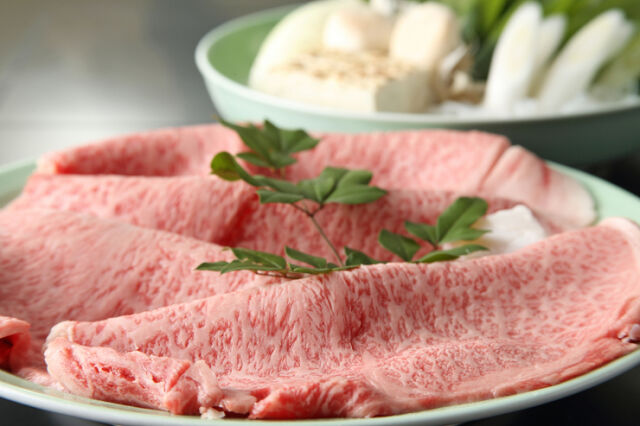
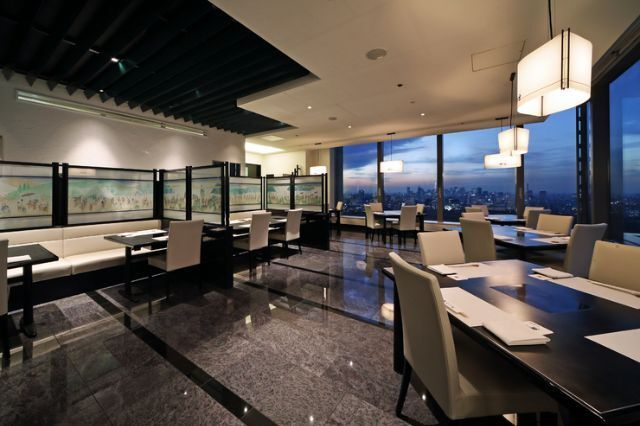
Moritaya Tokyo Marunouchi Branch
Closed: None
Average price: [Dinner] 15,000 JPY / [Lunch] 10,000 JPY
Access: JR Sobu Line, JR Chuo Line, JR Yamanote line, JR Keihin-Tohoku Line / Tokyo Metro Marunouchi line 1 minute walk from Tokyo Station.
Address: Marunouchi Building 35F, Marunouchi 2-4-1, Chiyoda, Tokyo Map
More Details Reservation
2. Ginza Shabutsu
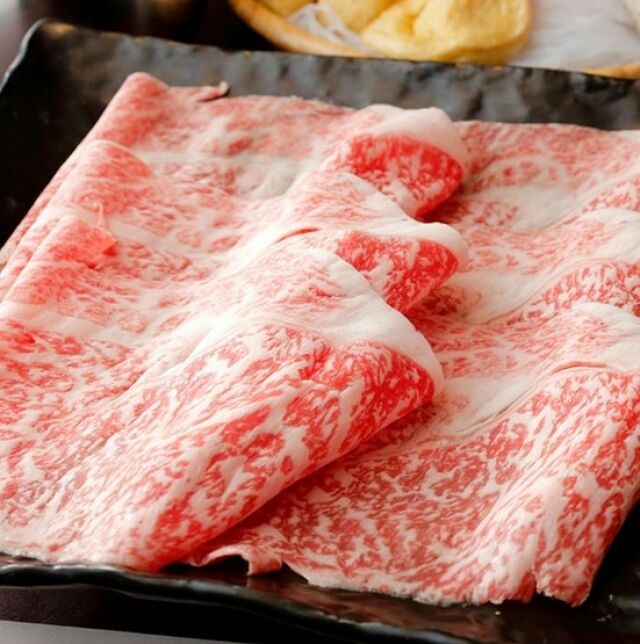
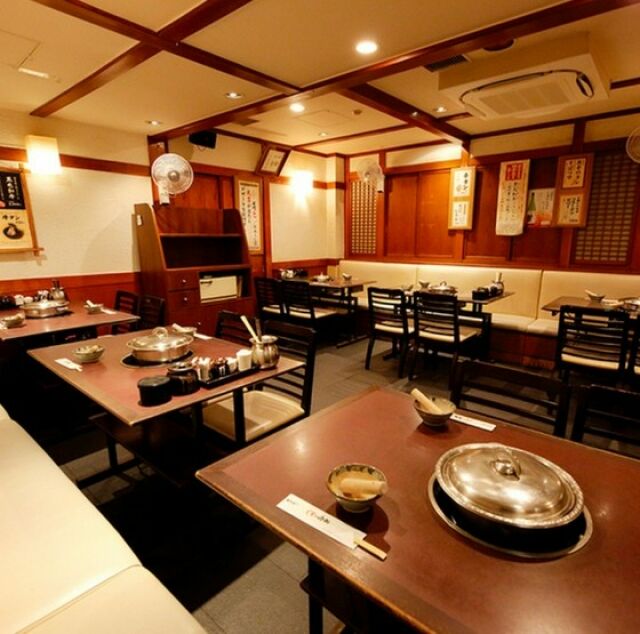
Ginza Shabutsu
Closed: None
Average price: [Dinner] 4,000 JPY / [Lunch] 1,000 JPY
Access: 5-minute walk from Ginza Station on the Tokyo Metro Ginza Line, Marunouchi Line, and Hibiya Line
Address: B1F, Torishige Bldg., 6-9-15, Ginza, Chuo-ku, Tokyo Map
More Details Reservation
3. Shabu-shabu & Sushi Hassan

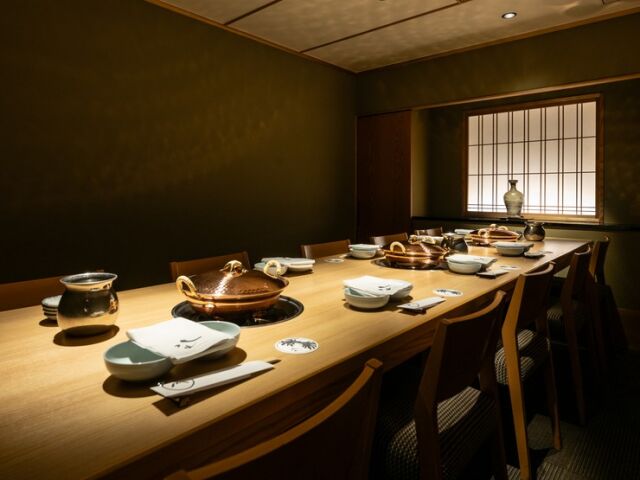
In addition to luxurious course meals such as the signature “Matsusaka Beef Sukiyaki Course” and “Black Wagyu Beef Sukinabe Sushi Kaiseki,” various all-you-can-eat menus are also available. The nine private rooms can be used without removing shoes, ensuring a comfortable experience for international visitors. While respecting traditional Japanese style, the restaurant offers a new dining experience.
Shabu-shabu & Sushi Hassan
Closed: Irregular
Average price: [Dinner] 8,000 JPY / [Lunch] 2,000 JPY
Access: Take Exit 3 of Roppongi Station on the Tokyo Metro Hibiya Line and go straight to the left. It's located on the B1F of the Roppongi Denki Building next to Sumitomo Mitsui Banking Corporation.
Address: B1F, 6-1-20, Roppongi, Minato-ku, Tokyo Map
More Details Reservation
4. Sukiyaki Kappo Yoshizawa
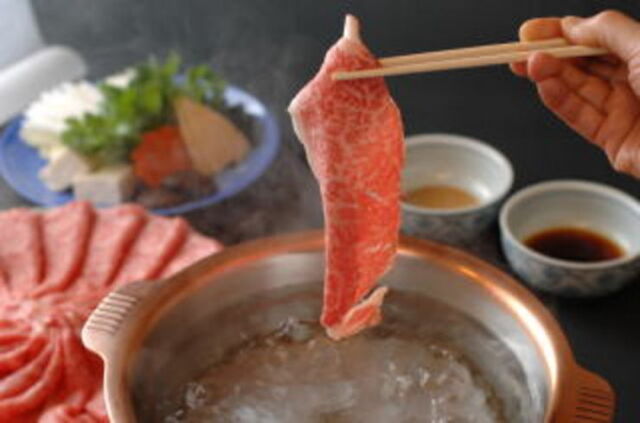

Sukiyaki Kappo Yoshizawa
Closed: None
Average price: [Dinner] 14,000 JPY / [Lunch] 4,000 JPY
Access: Three minutes' walk from exit A12/13 of Ginza Station, Tokyo Metro Ginza Line. Two minutes' walk from exit A8 of Higashi-ginza Station, Toei Asakusa Line.
Address: 3-9-19 Ginza , Chuo-ku, Tokyo Map
More Details
5. Shabu Zen Yotsuya branch
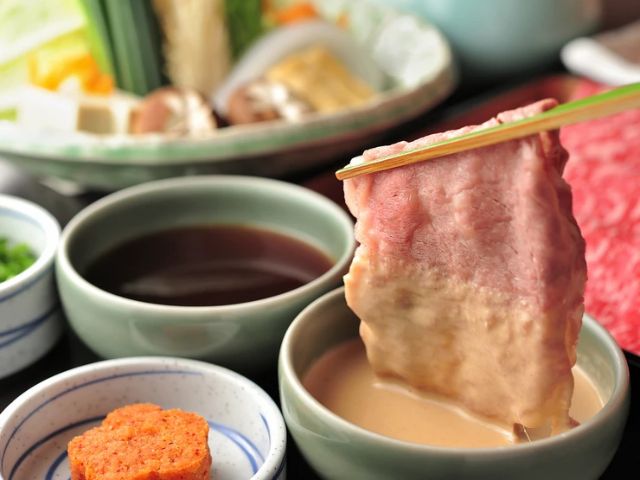
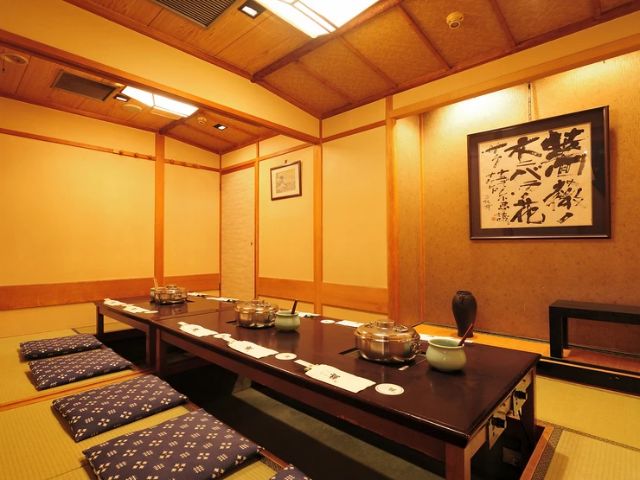
Shabu Zen Yotsuya branch
Closed: None
Average price: [Dinner] 7,000 JPY / [Lunch] 1,500 JPY
Access:
Address: Chuo Building 6F, 3-8 Yotsuya, Shinjuku-ku, Tokyo Map
More Details
Disclaimer: All information is accurate at time of publication.
Thank you for reading our article.
Our goal is to take your culinary journey to the next level by helping you find the best restaurant. With SAVOR JAPAN, you can search and make reservations for
the Shabu Shabu restaurants found in and around Tokyo that fill your needs.
Discover more Shabu Shabu restaurants by area
- Tokyo Area
- Near Tokyo
- Kyoto and Osaka Area
- Hokkaido Area
- Northern Honshu (Tohoku)
- Central Honshu (Chubu)
- Western Honshu (Chugoku)
- Shikoku
- Kyushu
- Okinawa and Ryukyu Islands
Discover more restaurants to eat Japanese Cuisine by area
Keywords
Related Articles
New Articles
Categories
Cuisine
- Bars (23)
-
Japanese Cuisine (674)
- Kaiseki (46)
- Nabe (19)
- Okonomiyaki (23)
- Shabu Shabu (36)
- Soba (18)
- Sushi (136)
- Tempura (19)
- Teppanyaki (46)
- Shojin Ryori (3)
- Tonkatsu (11)
- Kushiyaki (10)
- Yakitori (44)
- Sukiyaki (35)
- Japanese Cuisine (341)
- Oyster (2)
- Sashimi/ Seafood (19)
- Unagi (eel) (31)
- Motsu Nabe (offal hotpot) (6)
- Mizutaki (chicken hot pot) (3)
- Oden (8)
- Kaisendon (seafood bowl) (9)
- Udon (2)
- Taverns(Izakaya) Cuisine (122)
- Western Cuisine (42)
- Italian/French Cuisine (94)
- Yakiniku/Steak (220)
- Chinese Cuisine (26)
- Ramen (Noodles) Cuisine (24)
- Cafe/Sweets (60)
- Other Asian Cuisine (5)
- Global/International Cuisine (7)
- Alcohol (45)
- Other (11)
Area
- Shikoku (10)
- Kyoto and Osaka (344)
-
Tokyo (452)
- Tokyo (280)
- Ginza (43)
- Roppongi (21)
- Shibuya (25)
- Shinjuku (46)
- Asakusa (20)
- Ebisu (12)
- Tsukiji (10)
- Tokyo Landmarks (4)
- Ueno (23)
- Akihabara (9)
- Ikebukuro (12)
- Jiyugaoka, Denenchofu, Nakameguro (9)
- Shimokitazawa (4)
- Kichijoji (3)
- Tachikawa (1)
- Omotesando, Harajuku, Aoyama (18)
- Akabane (1)
- Kagurazaka (4)
- Akasaka (10)
- Odaiba (1)
- Tsukishima, Harumi, Toyosu (3)
- Near Tokyo (100)
- Okinawa and Ryukyu Islands (58)
- Hokkaido (124)
- Northern Honshu (Tohoku) (31)
- Central Honshu (Chubu) (143)
- Western Honshu (Chugoku) (32)
- Kyushu (91)
Archives
- December 2025(8)
- November 2025(4)
- October 2025(3)
- September 2025(6)
- August 2025(11)
- July 2025(19)
- June 2025(18)
- May 2025(34)
- April 2025(43)
- March 2025(30)
- February 2025(36)
- January 2025(26)
- December 2024(67)
- November 2024(31)
- October 2024(15)
- September 2024(39)
- August 2024(65)
- July 2024(31)
- June 2024(54)
- May 2024(61)
- April 2024(28)
- March 2024(31)
- February 2024(42)
- January 2024(32)
- December 2023(20)
- November 2023(5)
- October 2023(11)
- September 2023(7)
- August 2023(18)
- July 2023(8)
- June 2023(8)
- May 2023(18)
- April 2023(14)
- March 2023(1)
- January 2023(1)
- April 2022(2)
- March 2022(2)
- February 2022(1)
- January 2022(1)
- July 2021(1)
- March 2021(1)
- February 2021(1)
- December 2020(1)
- October 2020(1)
- September 2020(2)
- August 2020(10)
- July 2020(6)
- June 2020(9)
- May 2020(11)
- April 2020(8)
- March 2020(8)
- February 2020(13)
- January 2020(9)
- December 2019(24)
- November 2019(8)
- August 2019(14)
- July 2019(15)
- June 2019(18)
- May 2019(17)
- April 2019(16)
- March 2019(22)
- February 2019(22)
- January 2019(26)
- December 2018(34)
- November 2018(40)
- October 2018(32)
- September 2018(11)
- August 2018(7)
- July 2018(6)
- June 2018(8)
- May 2018(10)
- April 2018(21)
- March 2018(73)
- February 2018(39)
- January 2018(26)
- December 2017(59)
Keywords
- Omakase
- Accessible
- Affordable
- All-You-Can-Eat
- Amazing Scenery
- anime
- Art
- Autumn
- Awards
- Beer Gardens
- Breakfast
- Chef Recommendations
- Cherry Blossoms
- Chinese
- Close To Station
- Condiments
- Counter
- Coupon
- Crab
- Culture
- Dassai
- Dates
- delivery
- Early Summer
- Editor's Recommendation
- English Available
- Event
- Expo
- Fall Leaves
- Family-Friendly
- Famous Restaurant
- Famous Tourist Spot
- Fast Food
- festival
- fireworks
- Flower Farm
- Free Wi-Fi
- French
- Great Location
- Guide
- Hibachi
- hotpot
- How To
- hydrangea
- Hygiene
- Illumination
- Italian
- Izakaya
- Japanese
- Japanese alcohol
- jingisukan
- Kaiseki
- Kappo
- Kushiage
- Kushikatsu
- Kyoto
- Late-Night
- Lunch
- Manners
- matsusakagyu
- Michelin
- mizutaki
- Model Course
- monjayaki
- motsunabe
- Mt.Fuji
- Multilingual Menus
- Nabe
- Narita Airport
- New Year
- Ninja
- Noodle
- Oden
- Okonomiyaki
- omotenashi
- Onsen
- Osaka
- Osaka Station
- Photogenic Site
- pizza
- PR
- Private Room
- Ramen
- ranking
- Recipe
- Regional Cuisine
- Resort
- Rice Bowl Dish (Donburi)
- sacred places
- Sake
- Sakura
- Sashimi
- sea urchin
- Setouchi Area
- Shabu Shabu
- sightseeing
- Signature Dish
- Soba
- Solo Diners Welcomed
- Spicy Food
- Spring
- Steak
- Summer
- Sunflower
- Sushi
- takeout
- Teppanyaki
- Terrace Seating
- Tokyo
- Tokyo Experiences
- Tokyo Skytree
- Tokyo Tower
- unagi
- UNESCO
- Vegan
- Vegetarian
- Wagyu
- What Popular Gourmet Sites Recommend
- Whisky
- Wine Bar
- Winter
- Wisteria
- Workshop
- World Heritage Site
- World Writers
- Yakiniku
- Yoshoku
- Yuba
- Zen
Discover Restaurants By Area
-
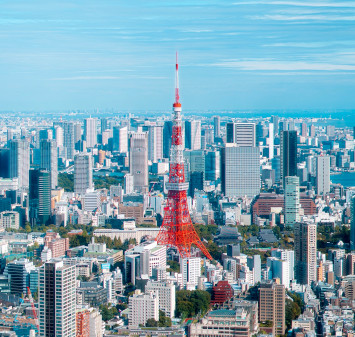
Tokyo Area
Japan's largest city, Tokyo, is the center of culinary culture in Japan. Countless Tokyo restaurants serve every kind of food imaginable and the Toyosu fish market keeps restaurants stocked with the nation's finest fish.
-

Near Tokyo
Coastal areas, mountains and valleys surrounding Tokyo are bursting with tourist destinations, such as hot springs and ski slopes, where many unique foods are only available locally.
-
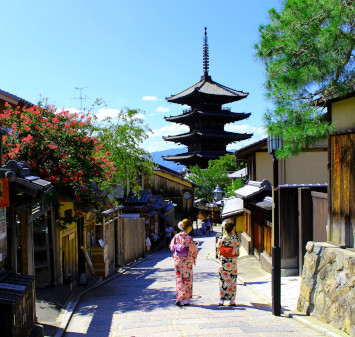
Kyoto and Osaka Area
The cities of Kyoto and Osaka, together with their surrounding areas, have greatly influenced Japan's culinary culture since the 7th Century. The region is renowned for its entertainment, Kobe beef, and wide-ranging traditional dishes.
-

Hokkaido Area
The island of Hokkaido is home to wide-ranging produce of the finest quality, such as rice, meat, vegetables, fish and fruit. Popular dishes from Hokkaido include robatayaki (food slowly roasted on skewers) and Sapporo miso ramen.
-
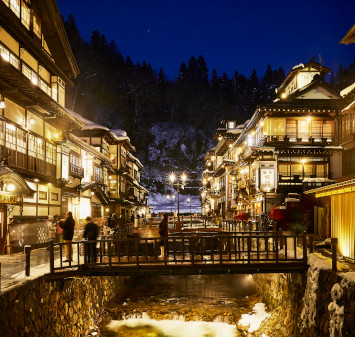
Northern Honshu (Tohoku)
The northern end of Japan's main island, Honshu, is renowned for its seasonal fruit and vegetables, nation-leading harvest of fish (especially tuna from Ohma), and delicious beef from Yonezawa, Sendai and Yamagata.
-
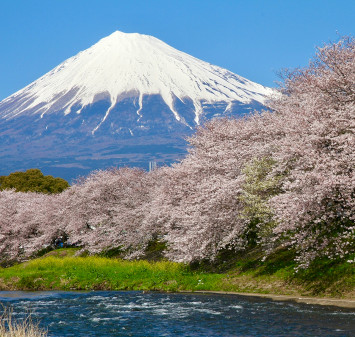
Central Honshu (Chubu)
Chubu is in the center of Japan's main island, Honshu, and its culinary culture reflects its position between Japan's western and eastern halves. Delicious Hida beef, world-famous Mount Fuji and many acclaimed sake breweries are in Chubu.
-

Western Honshu (Chugoku)
Chugoku, on the southwest of Japan's main island, is rich with diverse produce. Many of its products are praised as Japan's best, including Matsuba crabs from Tottori and oysters from Hiroshima. Its pears and muscats are also top grade.
-

Shikoku
The mild climate of Shikoku is ideal for growing citrus fruit such as sudachi. Shikoku is also famous for Sanuki udon noodles, huge yields of tiger prawn from Ehime Prefecture and the best torafugu (tiger globefish) in the country.
-

Kyushu
Western culture was first introduced to Japan through Kyushu, Japan's third largest island, where the influence of Portuguese and other western cuisine influenced the creation of a colorful culinary tradition.
-

Okinawa and Ryukyu Islands
Okinawa, Japan’s southernmost prefecture, is a treasure trove of distinctive dishes and drinks that have become popular throughout Japan, including Okinawa soba, unique sushi toppings and Awamori distilled liquor.
